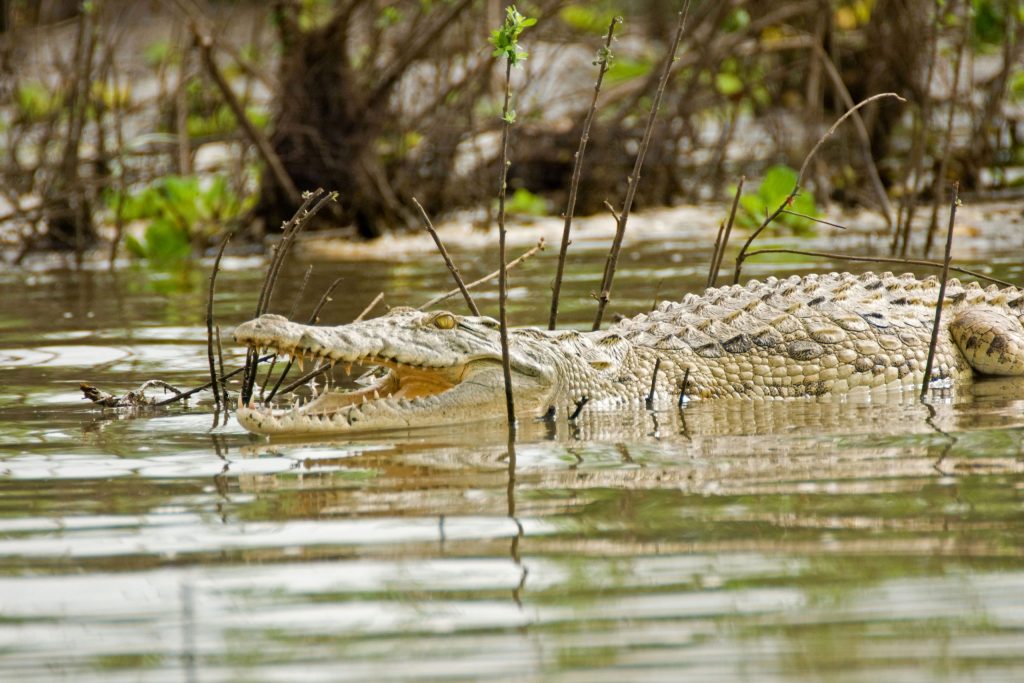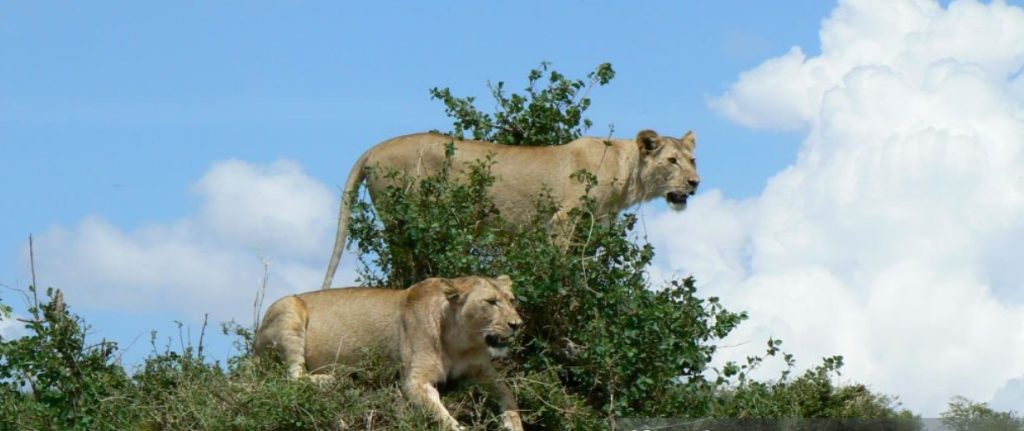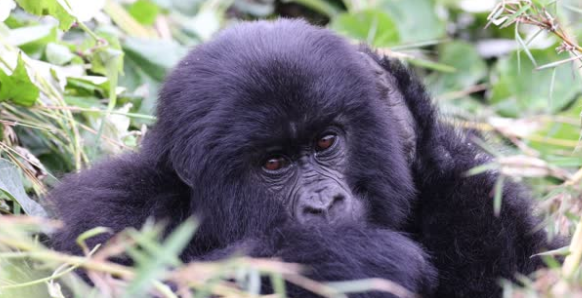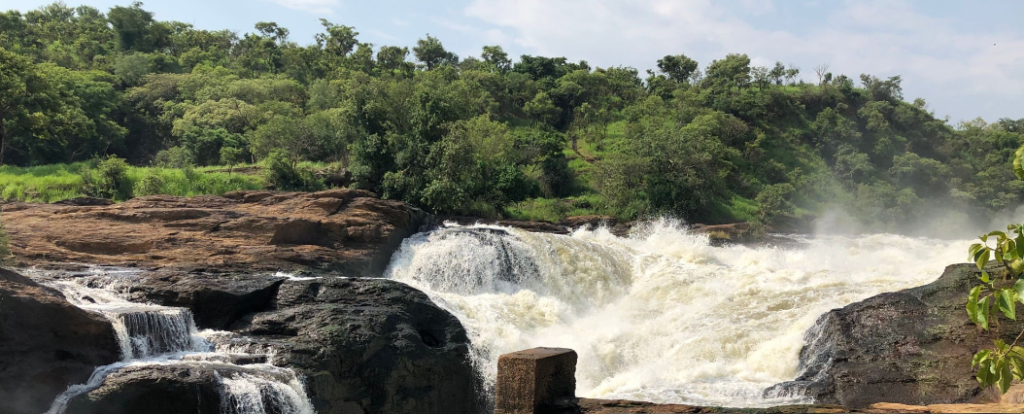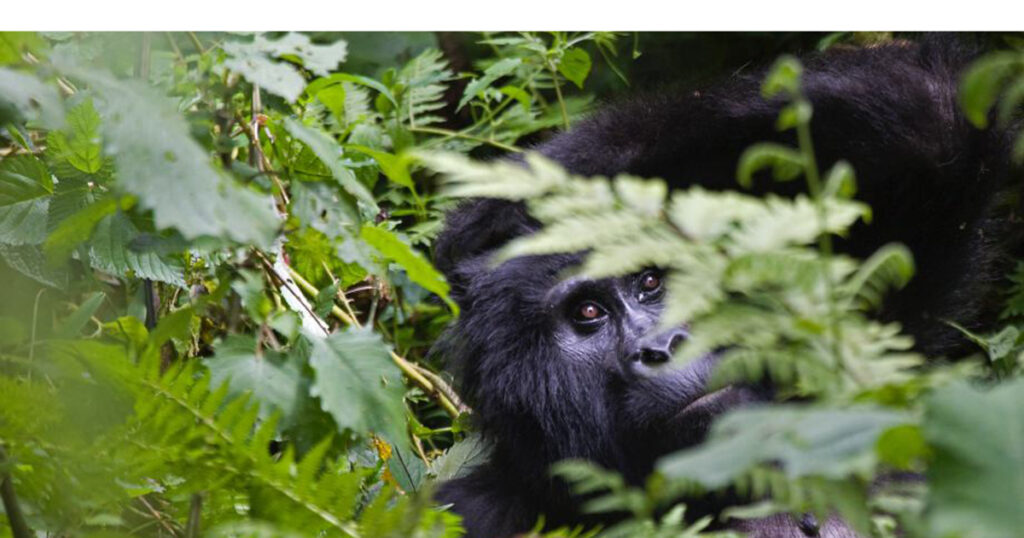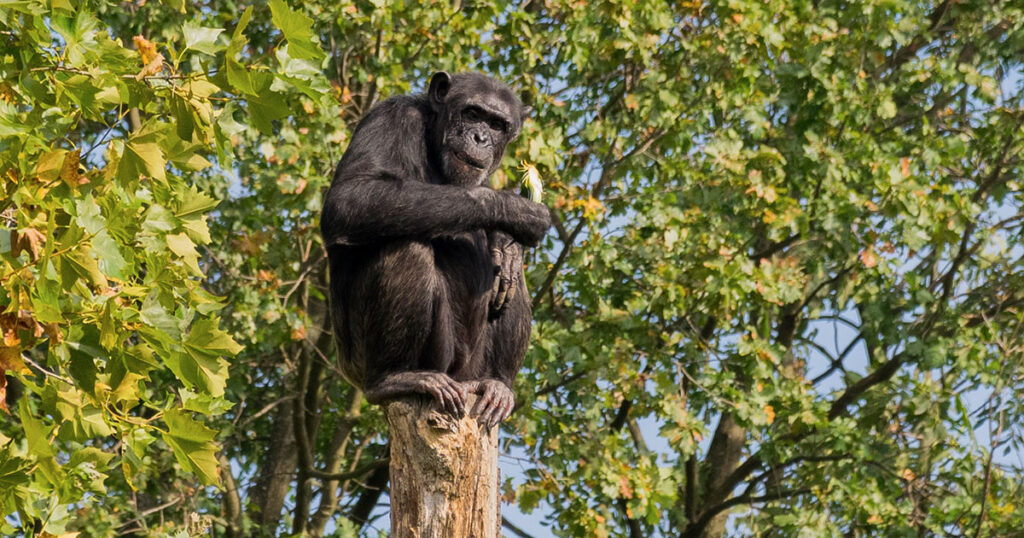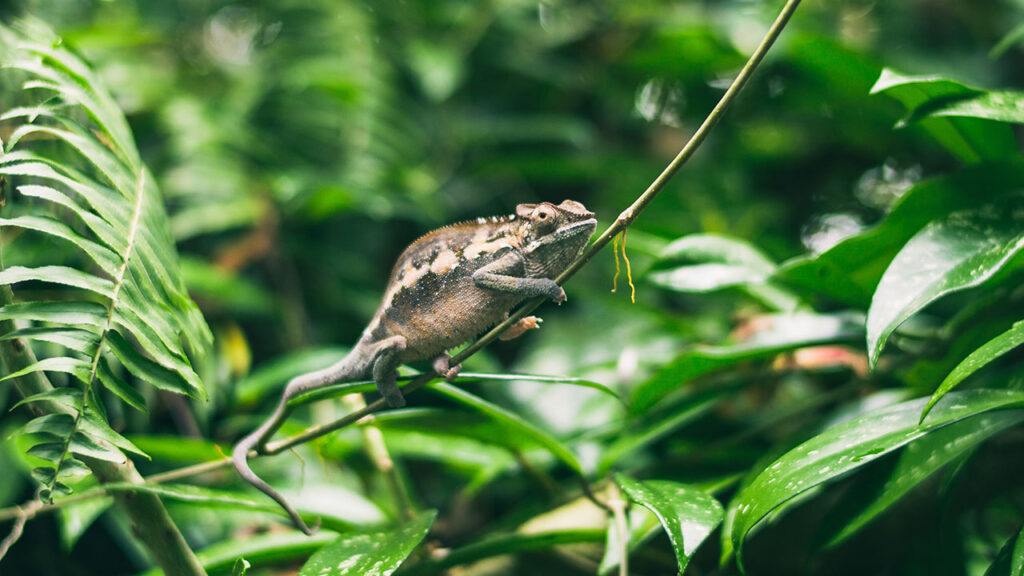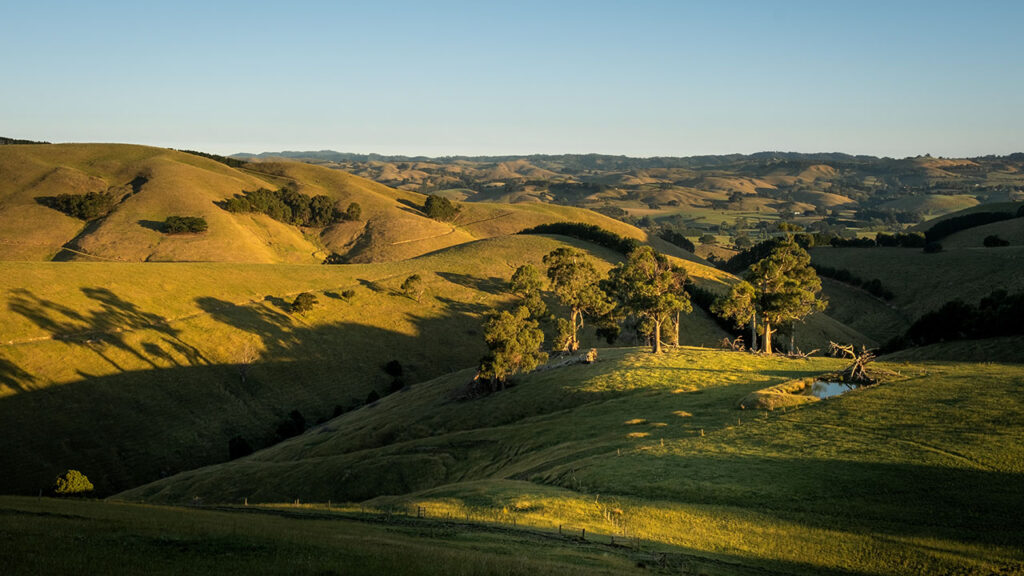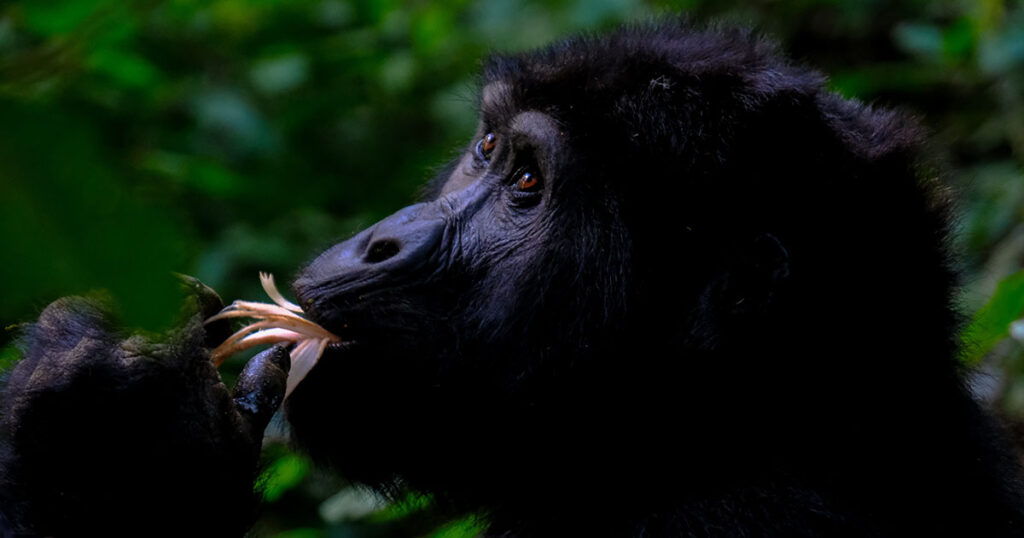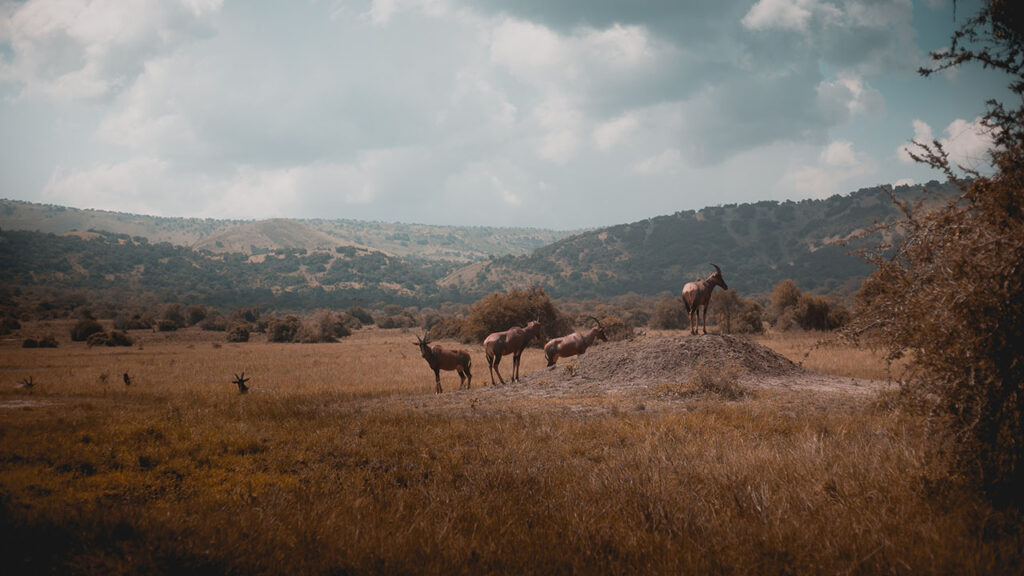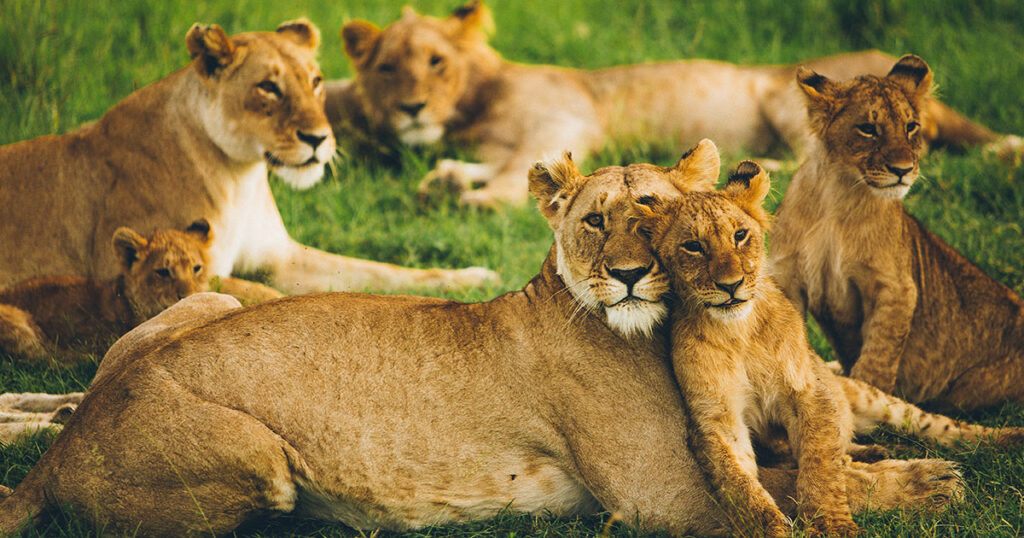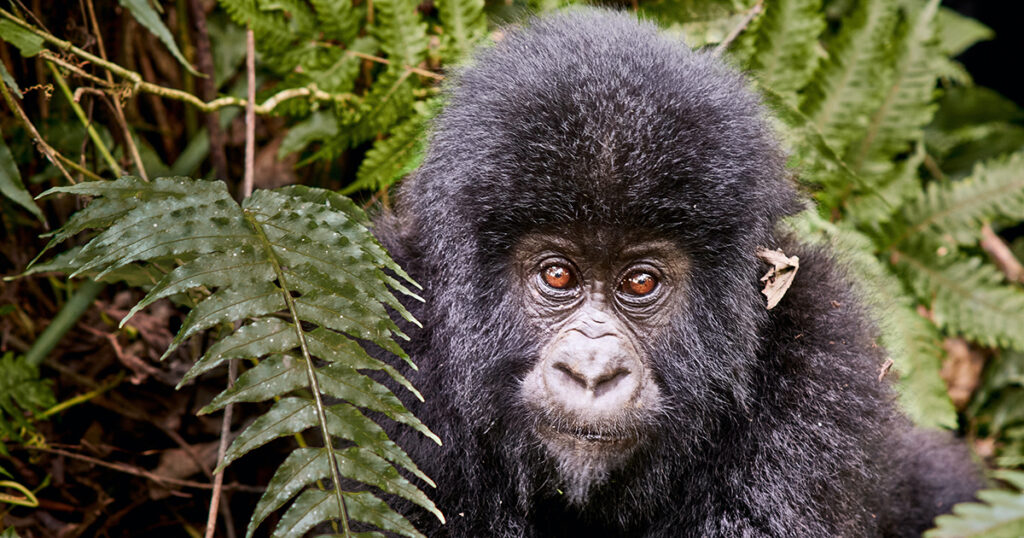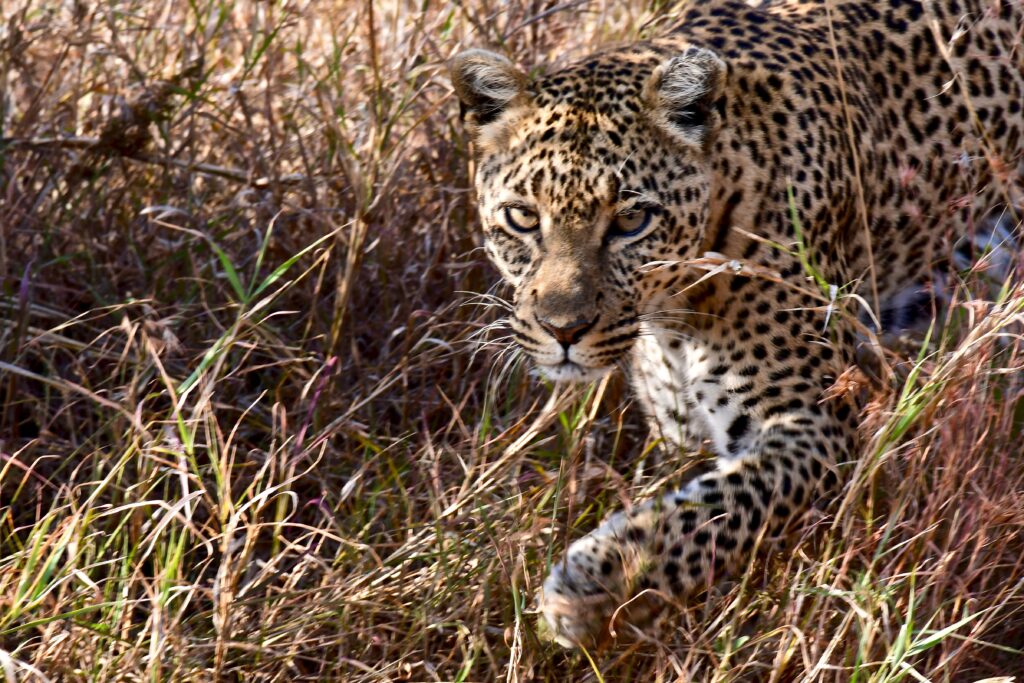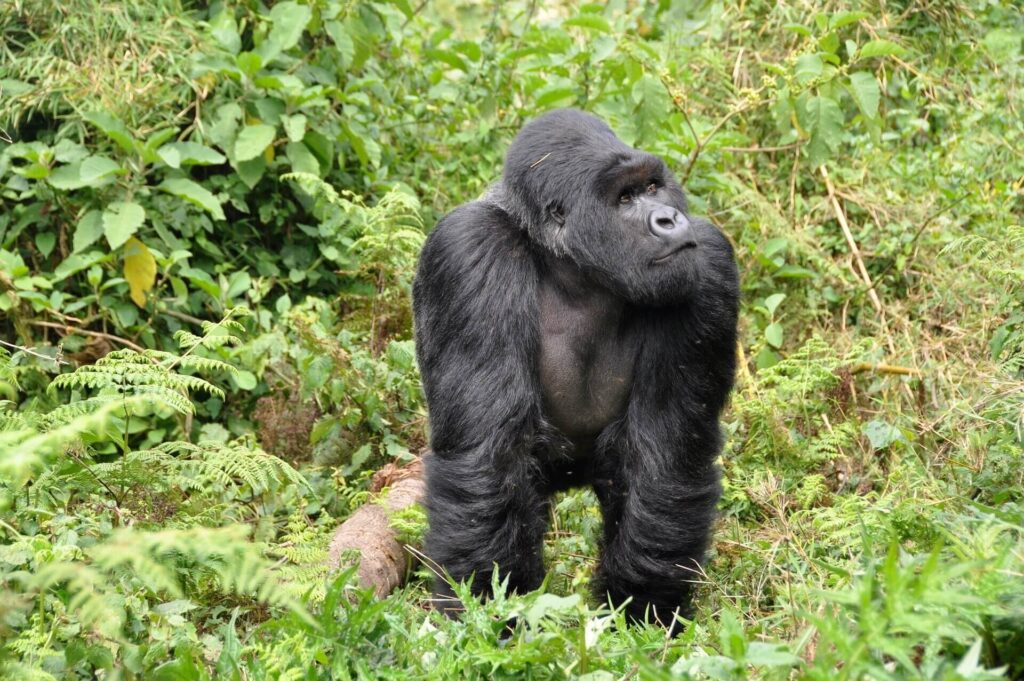Serengeti National Park, located in northern Tanzania, is one of the most iconic and renowned wildlife reserves in the world. Spanning over 14,750 square kilometers, it is home to a diverse range of habitats, including vast grasslands, acacia woodlands, rocky outcrops, and riverine forests. The park is best known for its annual wildebeest migration, where millions of wildebeest, zebras, and gazelles traverse the Serengeti in search of fresh grazing and water. This spectacle is considered one of the greatest wildlife shows on Earth, drawing in nature enthusiasts and photographers from all corners of the globe.
The Serengeti is a haven for wildlife, offering shelter to an incredible array of species. It boasts the “Big Five” game animals: lions, elephants, leopards, buffalo, and rhinoceros, along with cheetahs, giraffes, hyenas, hippos, and countless others. The park’s diverse ecosystems support an intricate web of life, with predators and prey coexisting in a delicate balance. The Serengeti’s lions are particularly renowned, and the region has one of the largest lion populations in Africa.
Beyond the charismatic megafauna, Serengeti National Park is teeming with birdlife, hosting over 500 bird species. From the vibrant lilac-breasted roller to the majestic African fish eagle, birdwatchers will find themselves in awe of the avian diversity. The park’s rivers and wetlands provide vital habitats for numerous water-dependent species, including storks, herons, and flamingos.
Exploring the Serengeti is a true adventure, whether it’s by vehicle, on foot, or even from above in a hot air balloon. The park offers a range of safari options, allowing visitors to witness the incredible wildlife up close while respecting their natural habitats. Experienced guides and rangers provide invaluable knowledge about the animals, their behaviors, and the conservation efforts taking place to protect this precious ecosystem.
The Serengeti is not only a wildlife sanctuary but also a culturally rich region. It is inhabited by several indigenous tribes, such as the Maasai people, who have lived harmoniously with nature for centuries. Interacting with these communities and learning about their traditions and way of life adds another layer of depth to the Serengeti experience.
Overall, Discover the wonders of Serengeti National Park with Pillars of Africa Safaris, offering unforgettable wildlife adventures and cultural experiences.
